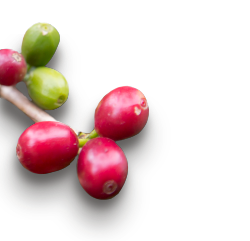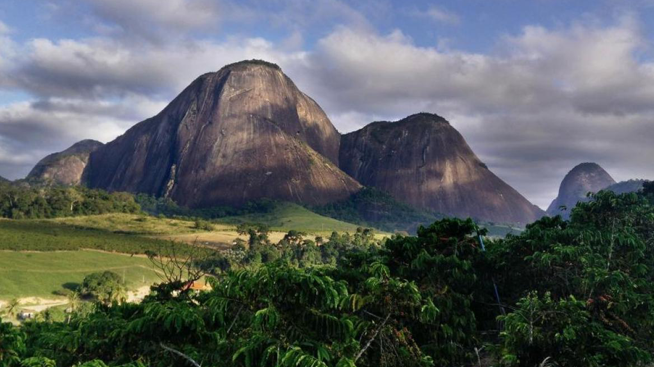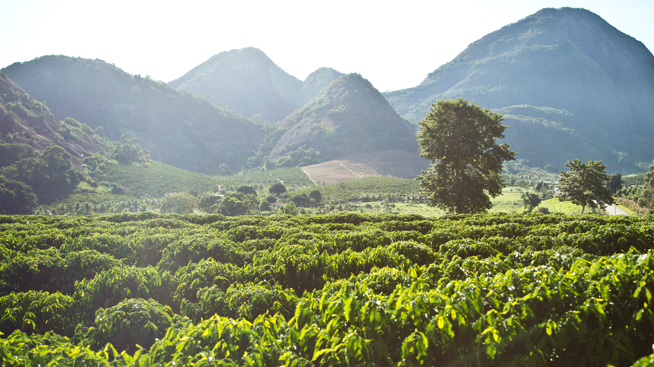
Where does coffee come from? And why do different coffees taste different?
Read our expert guide to where coffee is grown, the types of bean and the all-important roasting process.
The humble coffee bean is capable of truly amazing stuff. Starting off nestled in the centre of the cherries found on the coffee plant, the beans are a hidden treasure cherished by people all over the world. In fact, according to the British Coffee Association the UK on the whole drinks around 95 million cups of coffee per day! But despite this world-renowned love, people rarely stop to consider what are the origins of the beans I’m drinking and why do different coffees taste so different?
At NESCAFÉ, we’ve put together this guide to tell you all about where coffee comes from, the difference between beans such as Arabica coffee beans and Robusta coffee beans and the all-important roasting process.

Where does coffee come from?
Coffee is grown in more than 50 countries around “the coffee belt”, including locations such as Africa, Latin America and Asia. These areas have just the right combination of altitude, soil and weather, providing the perfect climate for growing the most delicious beans.

Get to know your coffee beans
It may surprise you to learn that coffee beans actually come from the fruit (called “cherries”) of the coffee plant. The cherries are edible but taste absolutely nothing like coffee, in fact, they possess a mild and slightly sweet flavouring – a far cry from the rich and flavor some coffee beans inside.
There are over 120 varieties of coffee plants and each variety has its own distinct flavour. Most of the coffee we drink comes from either Arabica or Robusta coffee beans, or a blend of the two.
Why is coffee roasted?
-
![Light roast]()
Light Roasts
A lightly roasted coffee possesses a milder and toasted grain taste, the body is light and there’s plenty of acidity.
-
![medium roast]()
Medium Roasts
Medium roasted coffee has a stronger flavour, more body, less acidity and can be the most fruity and sweet amongst all roast types
-
![dark roast]()
Dark Roasts
A dark roast is the most intense and bitter and is far less acidic than other roast types. They can have a smoky or chocolatey sweet taste too.
Roasting is the process of heating coffee beans to bring out the rich and aromatic flavour that we know and love. Fresh off the plant, coffee beans are actually green in colour and possess a grassy smell, then when they’re roasted, chemical changes occur as a result of the beans being brought to a high temperature very quickly. This change also causes them to turn into a deep brown colour with a wonderfully earthy smell. Once they’re roasted, they’re ready to be ground and brewed into your favourite blends.








